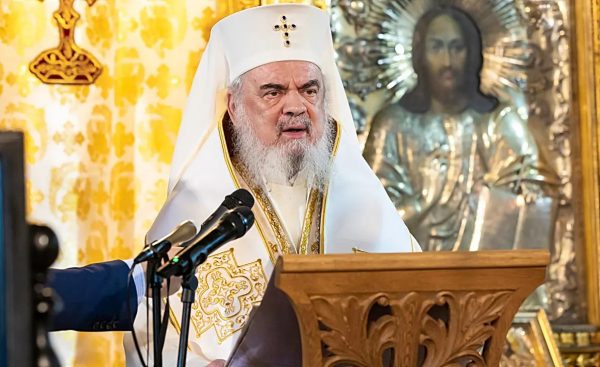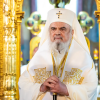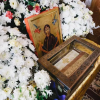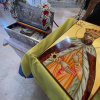The light that appeared on Mount Tabor at the Saviour’s Transfiguration “is the light that every Christian enlightened at baptism by water and the Holy Spirit seeks,” Patriarch Daniel said Saturday.
Fruit of prayer and a symbol of hesychasm, this light “is given to those who pray much and live a Christian life of fasting, prayer and good deeds, as a provision of joy in the Kingdom of Heaven.”
The light of Tabor prophetically prefigures the glory of Christ’s Resurrection, Ascension and Second Coming and is the glory of the Kingdom of the Most Holy Trinity, explained His Beatitude, who attended the patronal feast of Cernica Monastery in Ilfov County.
“This glory of Christ revealed on Tabor is the joy and consolation of the saints in the Kingdom of Heaven.”
The Patriarch of Romania said that Moses and Elijah were present on Tabor because they both once asked God to show Himself to them, which was not possible before the incarnation of the Saviour.
“The only possibility to see the face of God the Father is to look at the face of His Son,” the Patriarch of Romania recalled.
The transfiguration of Christ required a change in the beholders
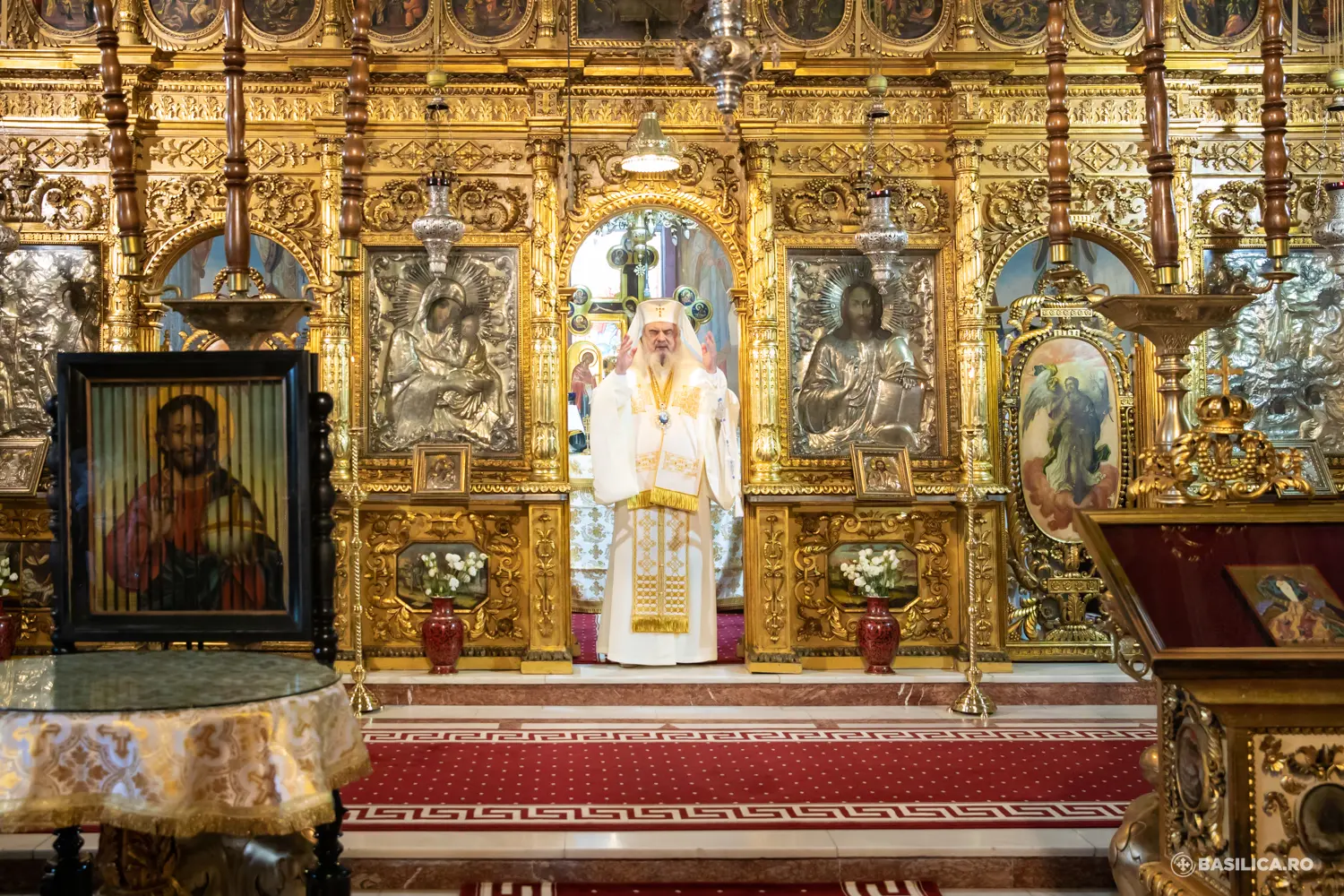
“It’s not just the transfiguration, but the change of Christ’s whole being, His face and clothes. It was not light from the sun. It was light from the divine Person of Christ, Who now revealed Himself both in His human nature and in the clothes He wore,” Patriarch Daniel explained.
At the same time, His Beatitude recalled that, in the 7th volume of the Romanian Philokalia, Father Professor Dumitru Stăniloae explained that “when the Saviour showed His glory to the disciples as far as they could bear it, not only did He transfigure His face, but the Holy Spirit also transfigured their senses, so that they could see a light that is not of this world.”
Thus their bodies were filled with the Spirit, Who gave them the power to see even through their senses what was beyond senses, the light that is not of this world.
Hesychasts became worthy of the light of Tabor
“Some of the saints who have been granted a taste of the glory of the Kingdom of Heaven from their earthly life have been called in the course of history Hesychast saints: those who sought tranquillity, peace of soul by pacifying selfish passions, by withdrawing to quiet places in the wilderness, called hermitages,” the Patriarch of Romania said August 6.
The Patriarch explained that a hesychastirion (hermitage) designated “the place where those who wished to become tranquil by much prayer, by fasting and by the joy of their connection with Christ through the Prayer of the Mind or the Prayer of the Heart, saying without ceasing: Lord Jesus Christ, Son of God, have mercy on me, the sinner.”
The Tradition of Romanian Hesychasm
“We have on the territory of our country, since the 14th century, a lot of monasteries of hesychastic influence, of prayerful ascetics,” Patriarch Daniel said, mentioning the hermitages in the Carpathian region: Ceahlău, Buzău area and Gorj county.
“Even today, we have numerous sketes that have become monasteries and are called hermitages: Neamț hermitage, Vorona hermitage, Putna Hermitage were hearths of hesychasm.”
Among the Hesychast Fathers of Wallachia, Patriarch Daniel listed “St. George, abbot of the monasteries of Cernica and Caldarusani, St. Callinicus of Cernica, who prayed almost all night in a chair, and during the day was very active and industrious, St. Gregory the Teacher, who translated many books from the Greek language and wrote briefly about the life of St. Paisius (Velichkovsky) of Neamț.”

His Beatitude also recalled the role of St. Philotheos of Sinai and St. Gregory of Sinai in the 14th century, when Hesychasm spread to Constantinople and the Balkans.
“St. Gregory of Sinai had a lot of disciples in the parts of Bulgaria and even in the Romanian Countries, including St. Nicodemus of Tismana, St. Hyacinth of Vicina and St. Theophano Basarab, daughter of the founder of Wallachia.”
“This movement returned with intensity in the 18th century so that, at Neamț Monastery, St. Paisius Velichkovsky, originally from Ukraine, had several hundreds of Romanian, Russian, Ukrainian, Bulgarian, and Greek disciples. In 1794 he passed away to the Lord, and his disciples from Neamț spread to the Romanian Countries, Ukraine and Russia and established many hesychastic monasteries,” Patriarch Daniel added.
It is known that abbot George of Cernica and Căldăruşani Monasteries, as well as Saint Gregory the Teacher, who later became metropolitan of Wallachia, were, in the century 18th century, disciples of St. Paisius of Neamț. Saint Callinicus of Cernica was part of this tradition of Romanian Orthodox hesychasm, His Beatitude also noted.












